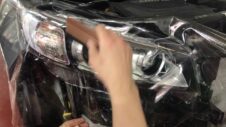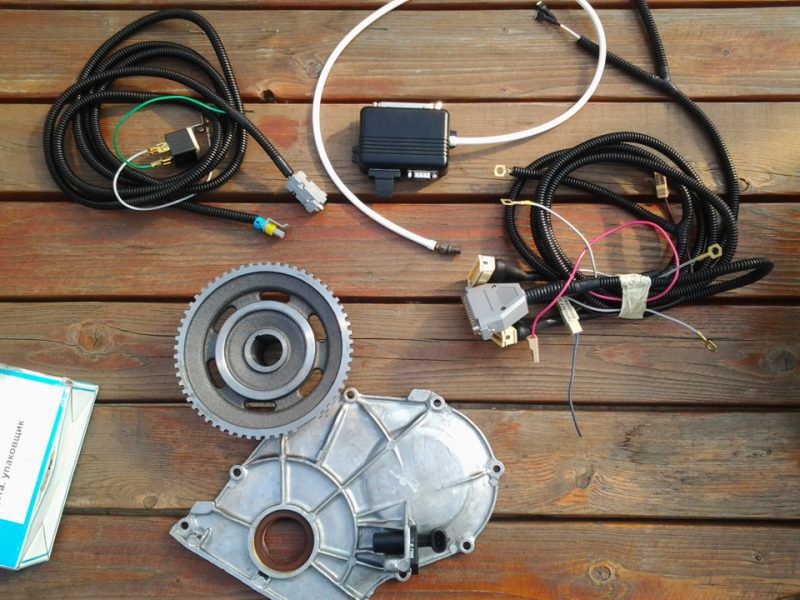
Car booking with foil
Content
Each caring car enthusiast, based on his capabilities, does everything to preserve the car in its original form. The depressing state of the roads in the CIS countries makes one worry about the problem of how to protect the body cover, glass and headlights from unwanted physical impact. One of the most effective methods of protecting a vehicle from accidental mechanical defects is to arm its exterior with a film.
What is car booking with foil
Reservation with foil is becoming an increasingly common practice in car decoration for modern drivers. It should be noted that the choice of film must be taken seriously, since not every one is suitable.

Polyurethane film for car booking
Polyurethane film for military vehicles has the best performance properties. Effective protection is achieved by dissipating the impact energy over the entire surface on which it falls. In addition, the film is able to prevent the appearance of abrasions on the door handles and the appearance of scratches on the case in case of contact with sharp objects.
The thickness of the polyurethane film can vary: from 100 microns up to 500. Of course, the thicker the film will be used for coating, the better its protective properties will be. However, for self-application of thicker film options, you need to have certain skills, otherwise you will have to spend money on buying a new one.
Car booking procedure with film
There are two options for booking a car with a film: independent, carried out directly by the owner of the car, and professional, which is produced in car repair shops. The first method is available to any car enthusiast who has at least basic knowledge of the technical component of this process. For the second, you need a building hairdryer, which is used by specialists working in the car service industry.

For high-quality application of the film on the car body, the pasting should take place in a warm, clean room with a sufficient level of illumination. The distance from each wall to the machine should be at least 1 meter, this condition will provide convenience during installation.
The process of pasting a car with a film:
- Cleaning the work surface... At this stage, it is required not only to thoroughly wash the vehicle, but also to rid the glued surface of fat with a special solution;
- Making soap solution... The mortar should be thick enough to feel the slippery texture to the touch;
- Preparing the selected protective film... A sample of the surface to be pasted should be cut out of a convenient material, for example, from thick paper, then align its contours with the film, leaving a small margin on each side. Next, a film is cut along the contour;
- Surface gluing... A soapy solution is applied to the prepared surface, then a film is carefully applied directly to the solution and leveled at each edge;
- Getting rid of the soap solution... Use a rubber spatula at this stage, but alternatively you can use an even piece of plastic wrapped in a cloth. The formed accumulations of liquid and air bubbles, starting from the center, are squeezed out to the edge of the film. At the end of the procedure, the film should dry out within 10-12 hours;
- Final processing... When the film dries, its hanging edges are trimmed, and then it is warmed up with a hairdryer around the entire perimeter. If this is not done, there is a risk of the film coating peeling off in the future.
Car reservations with foil have proven themselves well among car enthusiasts. After all, the price of painting the damaged surface of the "iron horse" is much higher than the cost of pasting with a protective film.
Video tutorial on pasting a car with a film
